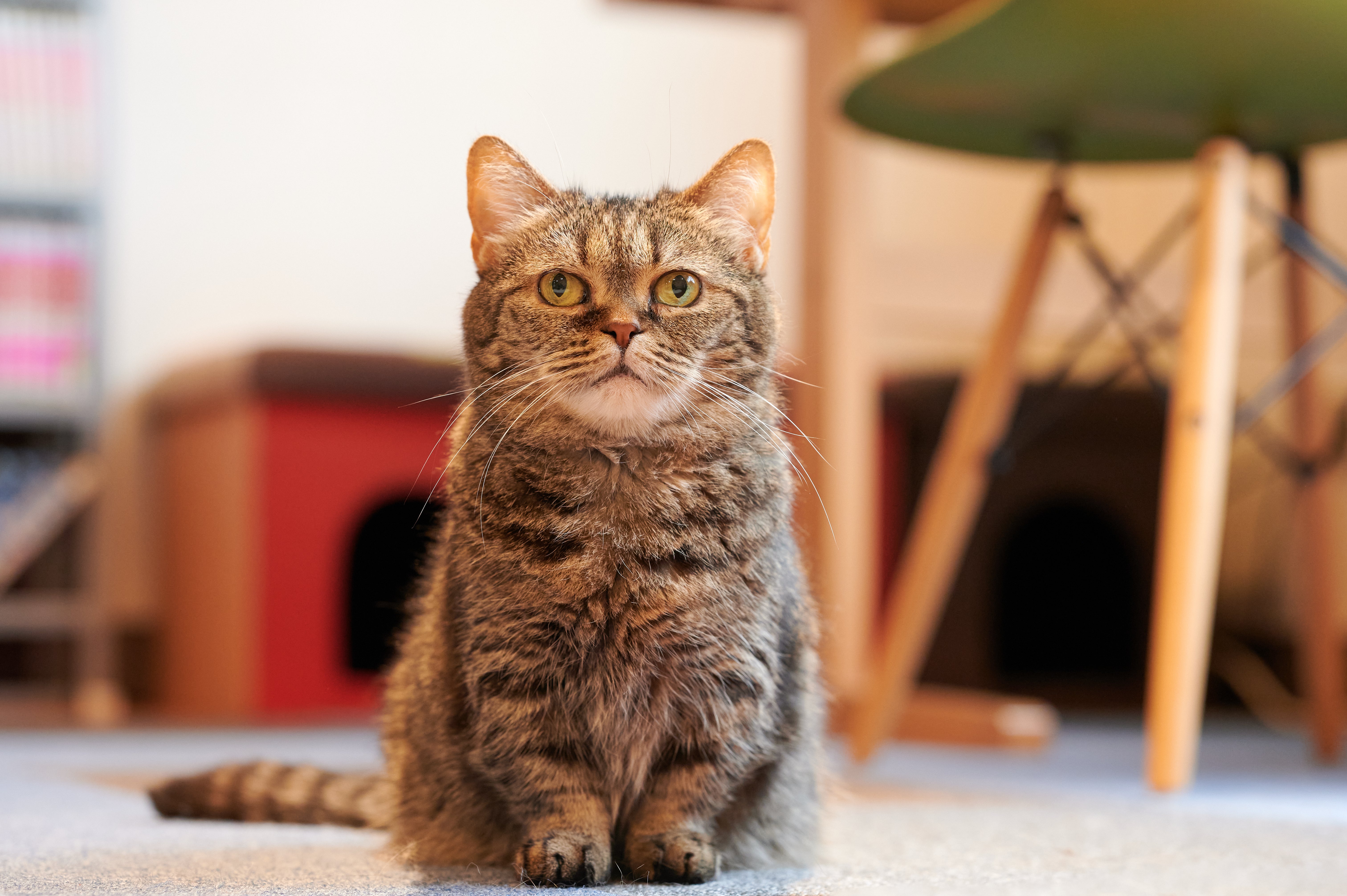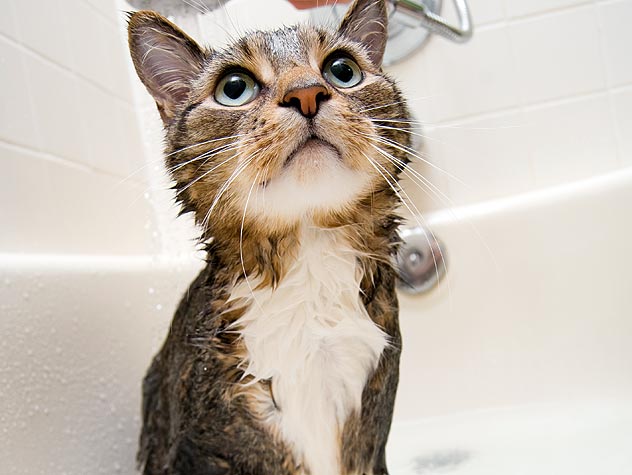Munchkin
The Munchkin cat has no problem getting around the same as its longer-limbed feline friends -- it just might take them a few extra steps along the way. These cute, curious cats are known for snatching shiny objects, so don't be surprised if these "magpies" borrow your favorite piece of jewelry.
Breed characteristics carousel
Learn More
Need to Know
- Benefits from an experienced owner
- Enjoys playing games and is active at home
- Playful and curious cat
- Sociable and dependent cat
- Slightly talkative cat
- Average build cat breed
- Requires grooming once a week
- Indoor cat
- Not ideal for family homes with small children
- Can be left alone for a few hours but doesn’t prefer it
- Needs a calm environment

Personality
Short on legs but big on personality, the Munchkin cat is friendly with a big heart. They are self-assured and outgoing and make devoted companion cats. They get along well with other cats, dogs, and people, and love to be playful, especially wrestling with other cats. Fast and slightly clumsy, taking corners like a toddler learning to walk, they often will sit up on their haunches like a prairie dog. Their only challenge is a vertical one; they can’t jump. Like your friend who just can’t quit estate sales, Munchkins are collectors, borrowing small shiny objects and stashing them away for rainy day play.
This cat is all-American, having first been intentionally bred in the United States about 40 years ago. While there were short-legged similar cats recorded as far back as the 1940s, it wasn’t until the 80s that the Munchkin was intentionally bred. Their existence as a pedigreed cat is somewhat controversial as the genetic mutation responsible for their short legs also brings potential health issues.
Munchkins are delicate cats that need to be indoors most of the time. The best type of home for them is one that is easily adapted to their needs, which might mean lots of ramps and steps. They like owners who are home the majority of the time.
Some Munchkins can climb and jump but the vast majority of these tiny cats should avoid doing so as not to injure their delicate bodies. Help them avoid injury by giving them steps and ramps to a variety of vantage points over climbing trees. Their minds can be exhausted by string toys and food dispensing toys.
The Munchkin needs to stay indoors as they are not equipped for life out in the wild. A secure cat run can give them outdoor exposure without making them vulnerable.
These petite felines can struggle to reach parts of their body that other cats can while grooming. Help them out with a weekly or bi-weekly grooming session. If you have a long-coated one, grooming should happen every other day.
There’s not much training involved in owning a Munchkin Cat; it’s more about helping them avoid injuring themselves since they can’t jump. Set them up for success to not take risks by giving them steps and ramps.
If you’re a family that spends a lot of time at home and one that doesn’t mind having “cat” be the main design theme of your home, then a Munchkin is a good fit. Because their backs can be easily damaged, they do best without young children around.
The cost of a Munchkin cat from a breeder is significantly more than the cost of adopting one from a local shelter or rescue. The adoption fee usually covers additional items such as spaying or neutering, vaccines, and microchipping.

Learn more about feeding and caring for your Munchkin on Purina.
Did You Know?
- Munchkins are fast, despite having short legs, and are nicknamed the “Dachshund of the Cat World.”
- They have magpie tendencies, taking shiny small objects like jewelry from their owners and stashing them away.


